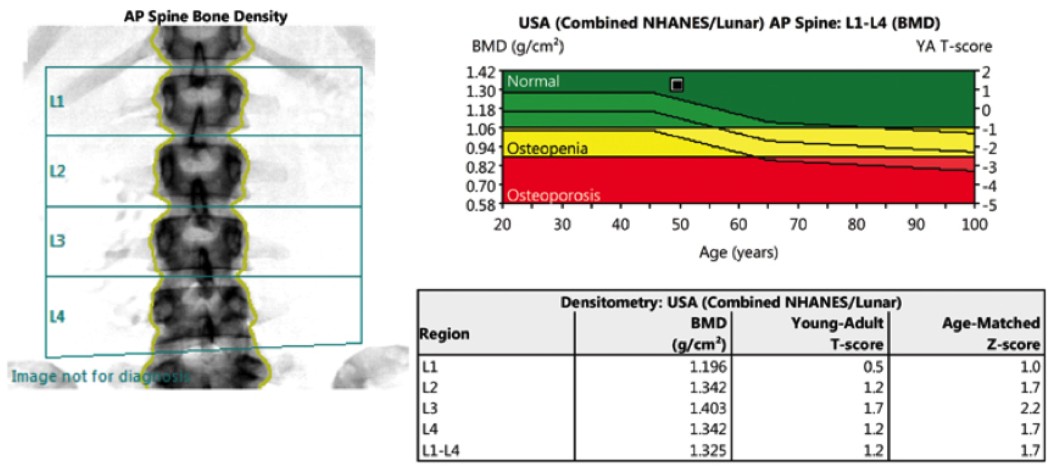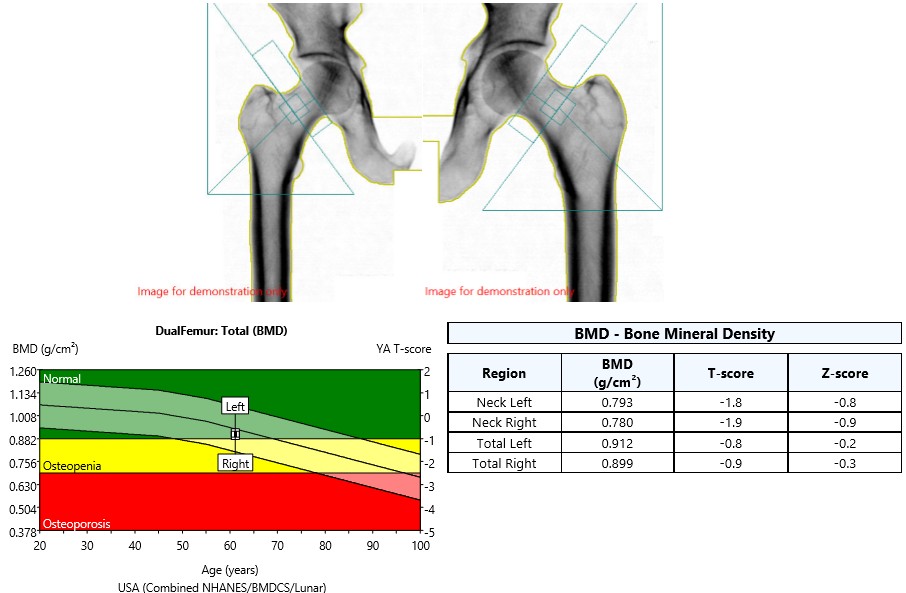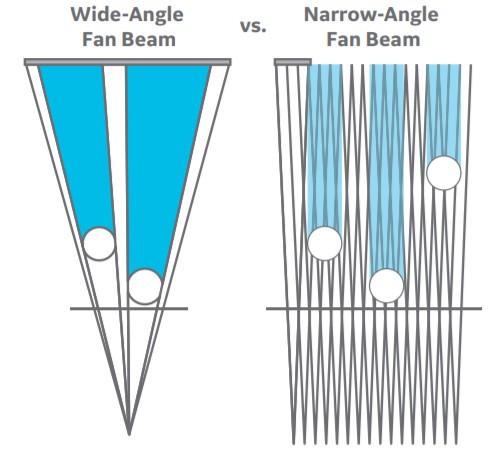Bone Densitometry, also called Dual-Energy X-ray Absorptiometry (DEXA/DXA), uses two different energy X-Ray beams on lumbar spine and hip region to measure bone mineral density (BMD). The radiation dose is tiny, approximately equals one-tenth the dose of plain chest X-ray. The procedure is safe, painless, quick (10 minutes) and is the most common test to assess bone loss resulting in osteoporosis.
After the age of 35, the bone mass begins to reduce especially in postmenopausal women owing to a drop of oestrogen level. Women are at higher risk for osteoporosis, approximately 4 times higher than men, and therefore benefit from this test which provides early diagnosis.
The following categories of people are at high risk for osteoporosis and may benefit from monitoring BMD regularly.


Union Imaging and Healthcheck Centre offers advanced DEXA/DXA technology providing crisp, high resolution image and precise measurements using low dose of radiation.
